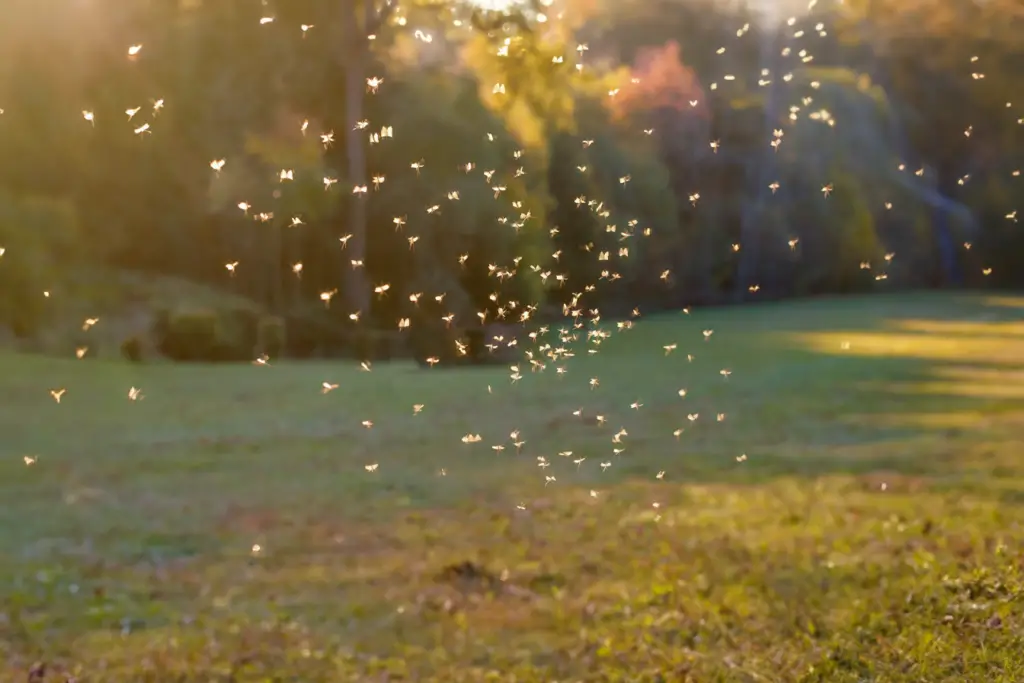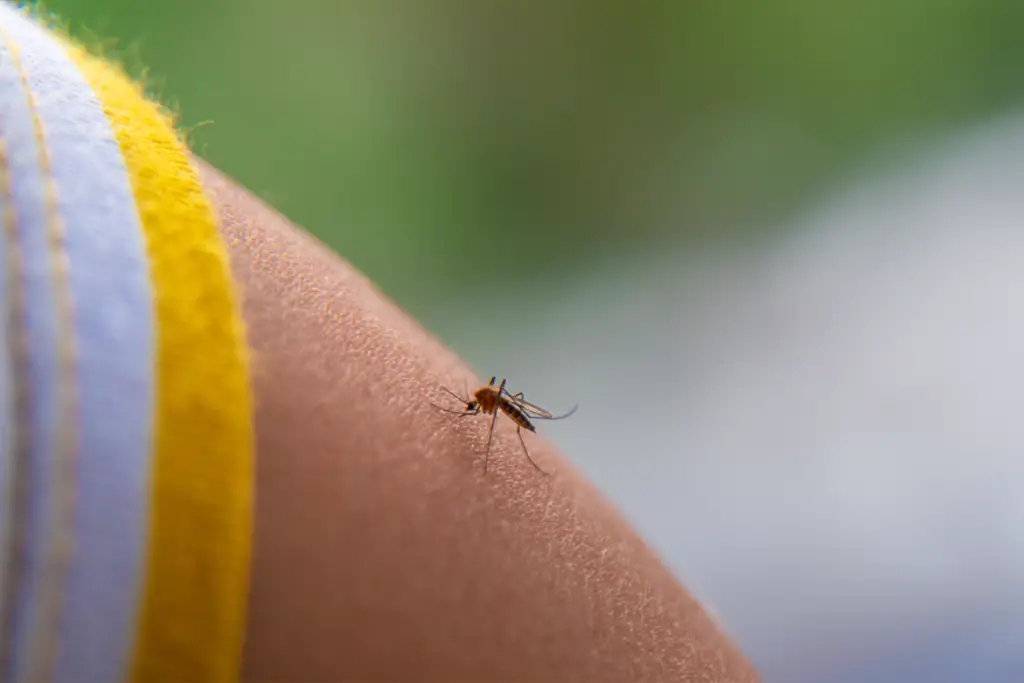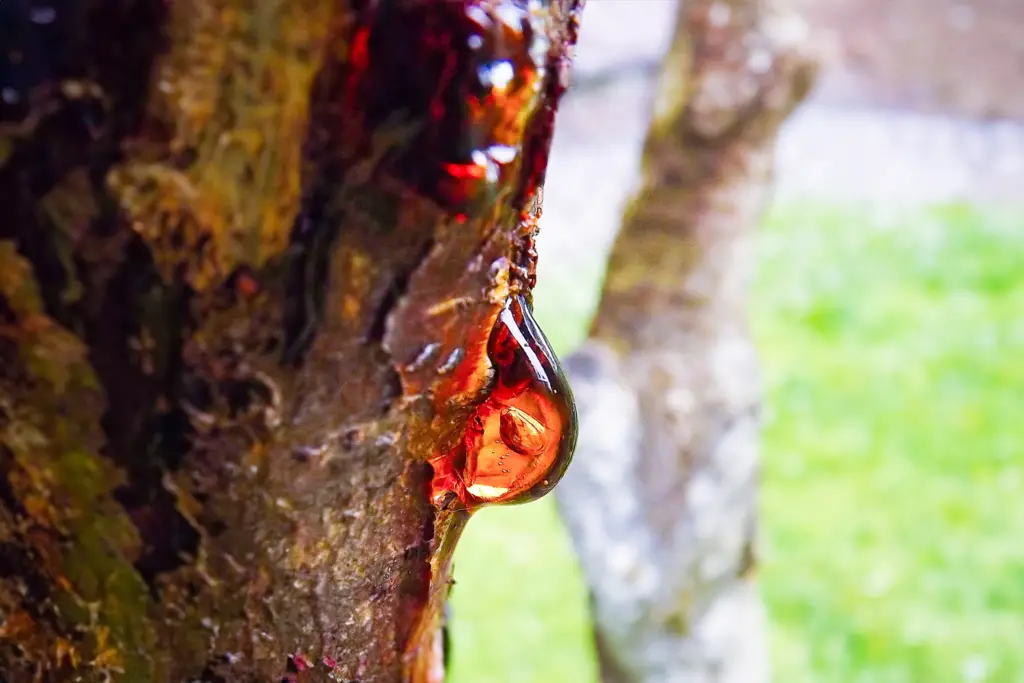
As the seasons change and the temperatures climb, you may start to notice the familiar hum of mosquitoes. These tenacious insects are more than just a nuisance; understanding their behavior is key to avoiding those itchy bites. Mosquitoes typically become active when the weather warms up, as most species need a temperature of over 50°F to thrive. With this warmth, mosquito season kicks off, and these pests begin to emerge from their winter hideouts.
Knowing when mosquitoes are most likely to be out can help you stay bite-free. Generally, they tend to be most active during dawn and dusk, times when the sun’s rays are less intense. This preference for cooler parts of the day means that you’re more likely to encounter mosquitoes if you’re enjoying an early morning jog or a twilight barbecue. However, this isn’t a hard rule; certain species may bite during the day, especially in shaded and humid areas where they can avoid desiccation.
Seasonal Activity of Mosquitoes
Mosquito activity varies by season, which affects when you might encounter these insects. Knowing when they’re most active can help you prepare for potential exposure.
Summer Peak
During the summer months, mosquitoes are at their highest numbers. Warmer temperatures accelerate their life cycle, resulting in greater activity. In parts of the United States like Alaska, mosquito activity can be so intense in June and July that locals refer to the mosquito as the unofficial state bird. To best protect yourself during this season, wear repellent and cover exposed skin, especially during twilight hours when mosquitoes are highly active.
Spring Emergence
With the arrival of spring, you begin to see mosquitoes emerging as the days get consistently warmer. They become more active as temperatures rise above 50°F. Often starting in April, this marks the onset of the mosquito season in many regions, including the eastern and central United States. It is an important time to start taking precautions, like eliminating standing water where mosquitoes breed and considering the use of screens or nets.
Environmental Factors Influencing Mosquito Activity
Your experience with mosquitoes can be largely determined by environmental factors that affect their behavior. These elements directly impact when and how mosquitoes come out to look for blood meals or breeding opportunities.
Temperature Effects
Temperature plays a crucial role in mosquito activity. Mosquitoes thrive in warmer conditions, generally between 50°F and 95°F. As temperatures rise, mosquitoes become more active, and their development from larval to adult stages speeds up. However, should the temperature drop below 50°F, mosquito activity tends to decrease sharply. Research suggests that climatic changes could significantly affect mosquito activity, potentially altering their developmental and reproductive rates.
Humidity and Mosquito Presence
Mosquitoes need moisture not only for breeding but also to survive on a day-to-day basis. High humidity levels support mosquito longevity by preventing desiccation. Humidity also interacts with temperature to create an ideal climate for mosquito activity. Relative humidity levels around 60% to 80% encourage mosquito activity, especially when accompanied by warm temperatures. Conversely, low humidity conditions can reduce mosquito survival and overall activity.
Daily Mosquito Behavior
Mosquitoes exhibit specific patterns of activity that correlate with the time of day. Understanding these can help you minimize mosquito encounters.
Dusk and Dawn Activity
Mosquitoes are known for being most active during dusk and dawn. During these times, the air is usually cooler and more humid, which is ideal for mosquitoes. They are voracious feeders at these times, and you will likely encounter more mosquitoes during these periods. In fact, certain species are so synchronized with this timing that they are rarely seen outside of these hours.
Daytime Versus Nighttime Habits
Interestingly, while both dusk and dawn see heightened mosquito activity, their behavior differ during the day and night. During daylight hours, most mosquitoes prefer to avoid the sun and will seek out cool, shaded areas. It’s less common to see mosquitoes buzzing around when the sun is out, unless you are near areas of stagnant water or dense vegetation.
At night, once the sun has set, mosquitoes become active again, although their activity levels will vary depending on the species and environmental conditions. Some mosquitoes continue to feed throughout the night, particularly in well-lit areas where they are attracted to artificial light.
Frequently Asked Questions
When dealing with mosquitoes, it’s helpful to know when they’re most active and what environmental factors bring them out. This FAQ section will guide you through understanding their activity patterns so you can better prepare for mosquito season.
What months are considered peak mosquito season?
Mosquitoes thrive in warm weather, so their peak season is usually from spring through fall, with variations depending on the climate in your area.
At what temperature do mosquitoes typically become inactive?
Mosquitoes start to become inactive at temperatures below 50°F (10°C). Once the temperature drops consistently below this point, mosquitoes will be less of a problem.
How does rainy weather affect mosquito activity?
Rain can contribute to standing water, which is ideal for mosquitoes to lay their eggs. Post-rain, if standing water persists, expect increased mosquito activity.
During what time of day are mosquito bites most likely to occur?
You’re most likely to be bitten around dusk or dawn. This is when mosquitoes are at their most active and looking for food.
When can we expect mosquitoes to diminish in number or go away for the season?
As the days grow shorter and temperatures drop, mosquito populations tend to diminish significantly. This usually happens in late fall when colder weather settles in.
What factors influence the yearly fluctuation of mosquito populations?
Several factors including rainfall, temperature, and breeding habitat conditions can affect how many mosquitoes you’ll see from year to year.
Driven by a passion for those tiny creatures that rule our world, we at Bug Domain strive to be your go-to resource for information on insects.



